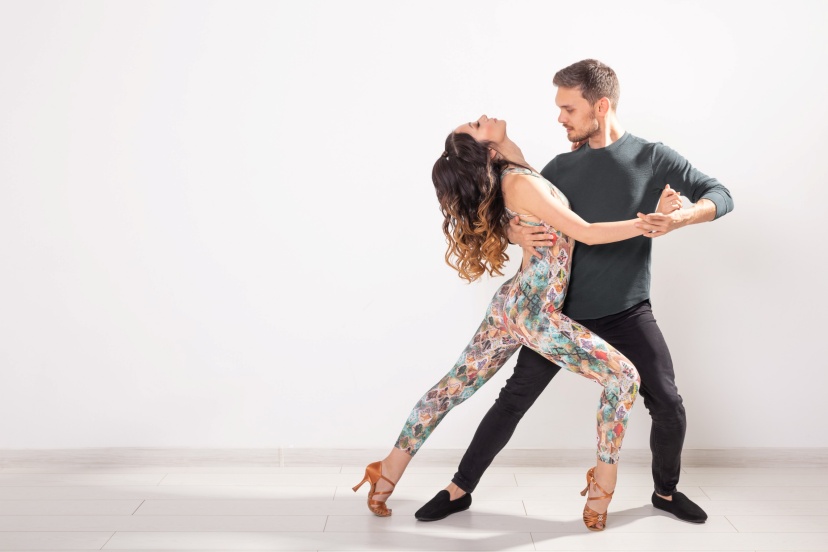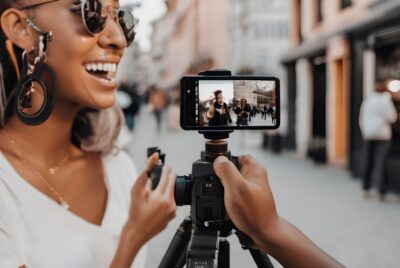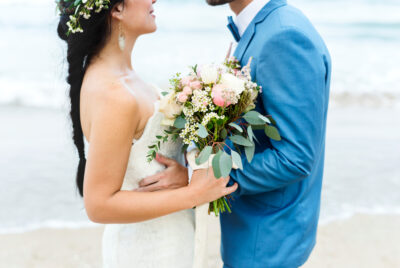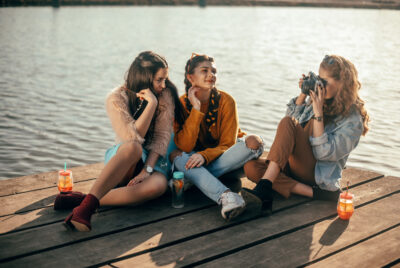Dance Photography: Capturing the Magic of Movement
As a dance enthusiast and photographer, I have always been captivated by the artistry and grace of dance. Through the lens of a camera, I have discovered a powerful way to capture the beauty and emotion that unfolds in each movement. In this article, I will share my insights and suggestions on how to excel in dance photography, from equipment and settings to composition and post-processing techniques.
Introduction
Dance photography is a unique form of art that requires a keen eye, technical proficiency, and a deep appreciation for the art of dance itself. It allows us to freeze a moment in time, preserving the energy and expression of dancers in stunning visuals.
Importance of Dance Photography
Dance photography serves as a visual documentation of the dance world, immortalizing the talent and dedication of dancers. It allows us to relive the performances, evoke emotions, and inspire others to appreciate the beauty of dance.
Equipment and Gear for Dance Photography
To capture the intricate movements and details of dance, having the right equipment is essential. From DSLR and mirrorless cameras and lenses to tripods and lighting, each gear choice can significantly impact the quality of your photographs.
Choosing the Right Settings
Understanding the technical aspects of your camera and choosing the appropriate settings for dance photography is crucial. Factors like aperture, shutter speed, and ISO can affect the outcome of your images.
Capturing Movement and Emotion
Dance is all about movement and emotion. Learn how to freeze the action, convey the energy, and capture the fleeting moments that make dance photography so compelling.
Composition and Framing
Compose your shots thoughtfully to highlight the dancer’s form, lines, and expressions. Explore various angles, perspectives, and framing techniques to add depth and visual interest to your photographs.
Lighting Techniques
Mastering lighting is essential in dance photography. Discover how to work with natural light, stage lighting, and off-camera flash to create dramatic effects and emphasize the mood of the dance.
Working with Different Dance Styles
Each dance style has its own unique characteristics and movements. Adapt your approach and techniques to suit the style you are photographing, whether it’s ballet, contemporary, hip-hop, or any other genre.
Building Rapport with Dancers
Establishing a rapport with dancers is vital for creating a comfortable and collaborative environment. Learn effective communication strategies and gain their trust to capture their best performances.
Communication and Collaboration
Effective communication between the photographer and the dancer can result in powerful images. Learn how to provide clear directions and collaborate with dancers to capture their vision and showcase their skills.
Directing and Guiding Poses
Guiding dancers into poses that enhance their movements and expressions is an art in itself. Discover techniques to direct and guide dancers to achieve visually captivating poses.
Post-Processing and Editing
Post-processing is the final step to bring out the full potential of your dance photographs. Learn how to enhance colors, adjust contrast, and retain the authenticity of the performance through editing.
Enhancing Colors and Contrast
Give your dance photographs a vibrant and impactful look by enhancing colors and optimizing contrast. Find the balance between enhancing the aesthetics while preserving the integrity of the performance.
Retaining Authenticity
While editing can enhance the visual appeal, it’s crucial to retain the authenticity and essence of the dance performance. Learn how to strike the right balance and avoid overediting.
Showcasing and Sharing Dance Photography
Your dance photography deserves to be seen and appreciated by a wider audience. Explore ways to create a captivating portfolio and effectively share your work on social media platforms.
Creating a Portfolio
Curating a strong portfolio is essential to showcase your skills and attract potential clients or collaborations. Learn how to select and present your best dance photographs to make a lasting impression.
Sharing on Social Media
Social media platforms provide a powerful platform to connect with fellow dancers, enthusiasts, and potential clients. Discover effective strategies to share your dance photography and engage with your audience.
Conclusion
Dance photography is a rewarding and fulfilling journey that combines two beautiful art forms. It requires technical knowledge, good photo equipment, artistic vision, and a genuine love for dance. By incorporating the suggested techniques and approaches in this article, you can elevate your dance photography and capture the magic of movement.
Dance Photography FAQs
1. How do I choose the right camera for dance photography?
Choosing the right camera involves considering factors such as image quality, low-light performance, autofocus capabilities, and burst mode. Look for a camera that suits your specific needs and budget.
2. What are some essential lenses for dance photography?
Prime lenses with wide apertures, such as 50mm or 85mm, are popular choices. They allow you to capture sharp images with shallow depth of field, emphasizing the subject.
3. How can I capture the emotion in dance photography?
To capture the emotion in dance photography, focus on facial expressions, body language, and the dynamics of movement. Anticipate moments of intensity and emotions and be ready to capture them.
4. What are some tips for working with low light in dance photography?
Working with low light can be challenging. Increase your ISO, use wide aperture lenses, and consider using external lighting sources to ensure adequate exposure while maintaining the atmosphere.
5. How can I build a rapport with dancers for better collaboration?
Building a rapport with dancers requires effective communication, respect, and understanding of their craft. Show interest in their work, listen to their ideas, and create a comfortable environment for collaboration.
Remember, dance photography is a continuous learning process. Explore, experiment, and let your passion for dance guide you in capturing remarkable moments through your lens. Happy shooting!
Further reading
Check out our other relevant articles:
.





Comments are closed.